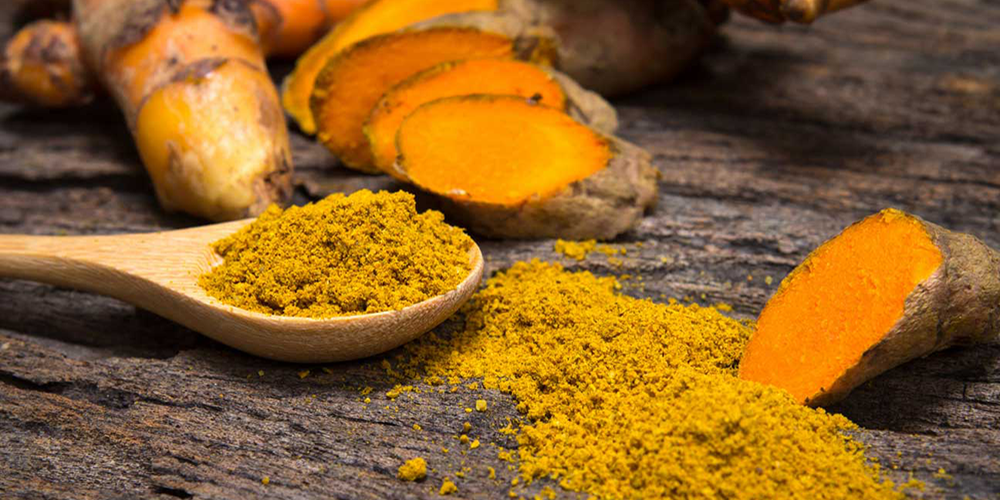
The Health Benefits of Turmeric
Share
Turmeric has been much discussed in “healthy living” circles recently, but it is no fad. Turmeric has been used for medicinal purposes for over 4,500 years. Turmeric residue has been found on pottery near New Delhi dating back to 2500 BC. It emerged in Ayurvedic medicine around 500 BC and is part of ancient Indian natural healing. New research has shown that turmeric is powerful as an anti-inflammatory, a booster for Omega-3s, as well as other health benefits.
Curcumin, the active ingredient in Turmeric and the element that provides its vibrant hue, is a potent anti-inflammatory. It reduced pain and is often used in the treatment of arthritis.
Arthritis in India is far below the global average, and the wide use of turmeric is credited. Research is underway to prove that curcumin helps destroy the beta-amyloid plaques in the brain associated with Alzheimer’s disease.
Our bodies are not equipped to convert plant based Omega-3s into EPA and DHA (Long-chain omega-3 fatty acids are EPA (eicosapentaenoic acid) and DHA(docosahexaenoic acid). (LINK to Can You Eat Enough Omega-3s post). EPAs are needed to keep your heart healthy, and DHAs are linked to cognitive function and depression. Recent studies show that turmeric boots the conversion of the difficult to convert plant based Omega-3s into DHAs.
Like arthritis, the rate of Alzheimer’s Disease is very low in India compared to other parts of the globe where turmeric is not used as commonly. Experimental research shows that curcumin can destroy the beta-amyloid plaques in the brain that are associated with Alzheimer’s disease.

We use turmeric in our Joint & Inflammation Topical Patches to deliver the benefits of curcumin. If you are dedicated to living a healthy lifestyle and eating a mindful diet, adding tumeric more regularly to your foods can provide you with natural benefits used by natural medicine for thousands of years. Follow our blog for regular updates on mindful, healthy living. 
